Service hotline
+86 0755-83975897
Release date:2024-10-26Author source:KinghelmViews:1803
Introduction
Tactile switches are widely recognized electrical switches that operate similarly to other mechanical switches by manually opening or closing a circuit. They originated in the early 1980s, initially used in keyboards and membrane switches. Early versions faced challenges due to poor performance and lack of tactile feedback. However, improvements in the late '80s, including metal dome designs, led to their widespread adoption in consumer and commercial applications.
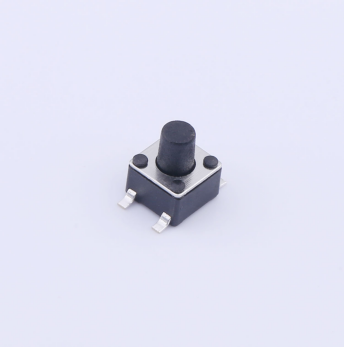
Kinghelm Tactile Switches
What is a Tactile Switch?
A tactile switch produces a noticeable "click" or tactile bump when pressure is applied, indicating successful operation. They are designed as momentary action devices, meaning the circuit opens when pressure is released. While they are typically used as normally open devices, normally closed versions are also available.
Tactile Switch vs. Push Button
Tactile switches are often confused with push button switches. While both serve similar functions, push buttons use traditional switching mechanisms, whereas tactile switches utilize membrane-like contacts. Tactile switches are generally smaller, have lower voltage and current ratings, and are designed for direct PCB mounting.
Basic Structure and Operation
Tactile switches consist of four main components:
1. Top Cover: Protects the internal mechanisms and can be made of metal or other materials.
2. Plunger: The component users press to activate the switch by bending the dome.
3. Dome Contact: This arch-shaped component creates the clicking sound and tactile feedback when pressed.
4. Molded Resin Base: Contains terminals and contacts for connecting the switch to the PCB.
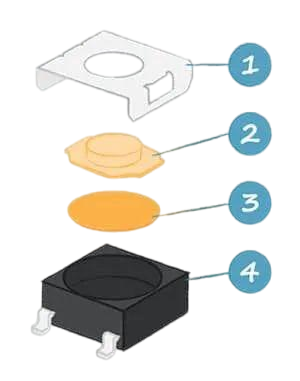
Tactile Switch Structure
Key Advantages and Specifications
Choosing the right tactile switch involves more than just specifications. Key factors include:
● Rated Voltage: Maximum voltage the switch can handle.
● Rated Current: Maximum current the switch can carry.
● Actuation Force: The force needed to press the switch.
● Travel Distance: The total distance the switch moves when pressed.
● Lifecycle: Expected lifespan under normal conditions.
● Temperature Range: Operating temperature specifications.
● Mounting Type: How the switch is attached to the PCB.
Wiring Tactile Switches
Most tactile switches have four pins for stability during PCB installation, connected in two groups. While only two are technically needed, using all four is recommended for better stability.
Conclusion
Tactile switches are compact, durable, and ideal for various consumer and industrial applications, including wearables. Their tactile and audible feedback makes them a preferred choice for low-power, momentary applications. CUI Devices offers a range of tactile switches with various configurations to assist in the selection process.
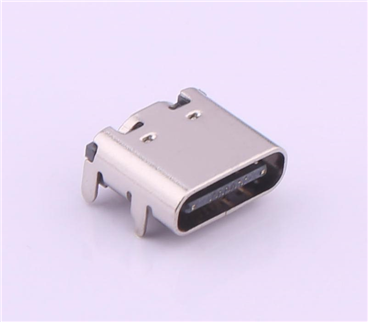
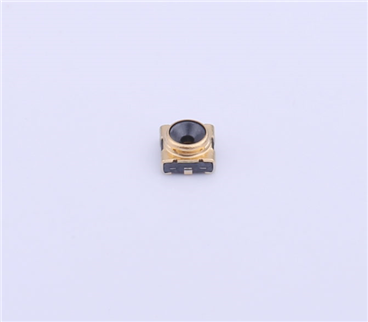
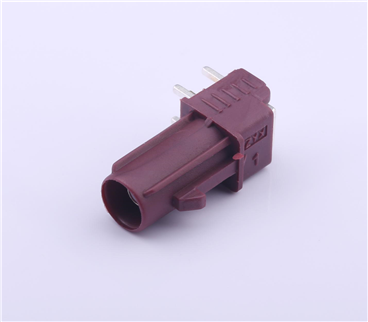
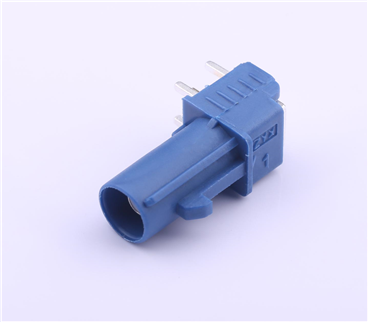
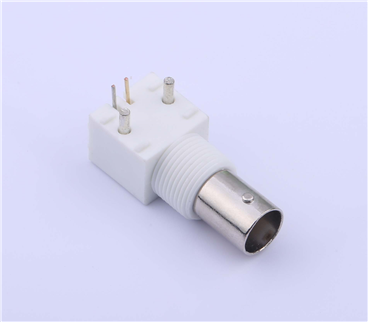
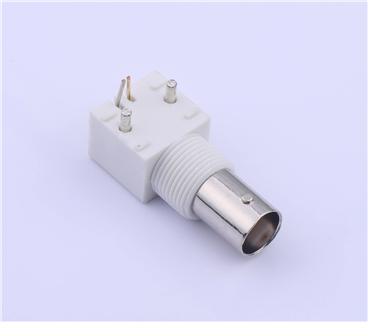
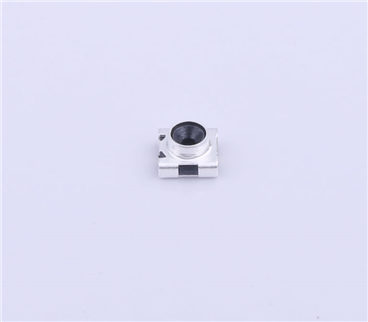
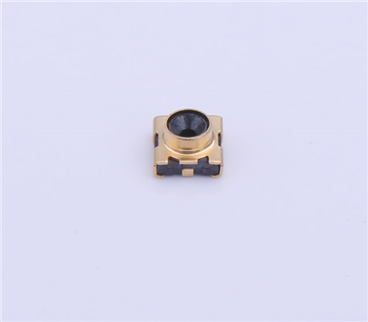
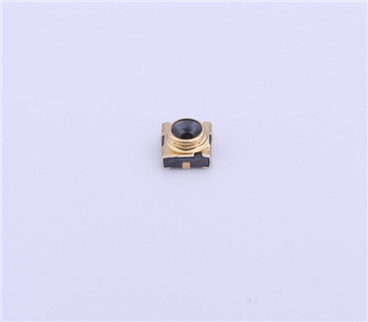

Copyright © Shenzhen Kinghelm Electronics Co., Ltd. all rights reservedYue ICP Bei No. 17113853